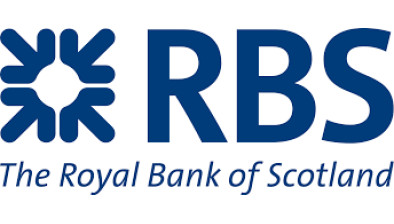Fragile growth returns to Scotland as labour costs bite

Judith Cruickshank
Scotland’s private sector saw a renewed, albeit marginal, rise in output in August, following a modest fall in July.
The Royal Bank of Scotland Growth Tracker index rose to 50.3 from 48.7, with any figure above 50.0 indicating expansion.
This slight uptick was driven entirely by the service sector, which reported a rise in enquiries and new contract wins. In contrast, the manufacturing sector continued to contract, though the rate of decline slowed to its weakest in nearly a year, suggesting production levels are moving closer to stabilising.
More encouragingly, forward-looking indicators showed improvement. The downturn in new business eased significantly to become the weakest in its 11-month sequence of decline. Business sentiment also improved, with more firms anticipating output growth over the coming year, citing hopes of a stronger demand environment and new product releases.
However, this optimism did not translate into hiring. Firms remained cautious, cutting jobs for the third consecutive month, frequently attributing the decision to rising labour costs. Redundancies and not replacing voluntary leavers were common strategies.
While cost pressures from materials, suppliers, and labour remained sharp, the rate of inflation moderated to a three-month low. In response, businesses raised their own charges at a faster pace to pass on higher expenses where possible.
Scotland’s performance diverged from the wider UK trend in several areas. Notably, new business across the UK saw a solid increase, whereas Scotland recorded its eleventh straight month of decline. Furthermore, business optimism in Scotland remained weaker than the UK-wide average.
On a more positive note, job losses in Scotland were less severe than the UK average. The region, along with the West Midlands, also reported the weakest rate of cost and price inflation among the 12 monitored UK areas.
Judith Cruickshank, chair, Scotland Board, Royal Bank of Scotland, said: “Businesses across Scotland experienced a fresh rise in activity in August, which helped to offset a modest reduction in the previous month.
“Forward-looking indicators suggested a relative improvement in conditions facing firms, with the downturn in new business easing notably, and companies expressing a more optimistic outlook for future activity.
“However, despite these improvements, companies remained cautious about expanding their workforce numbers. Employment declined for the third consecutive month, with firms partly linking this to rising labour costs.
“Although cost pressures remained sharp, they showed signs of easing compared to July. At the same time, greater confidence around the outlook and demand led firms to raise their charges at a stronger pace.”








